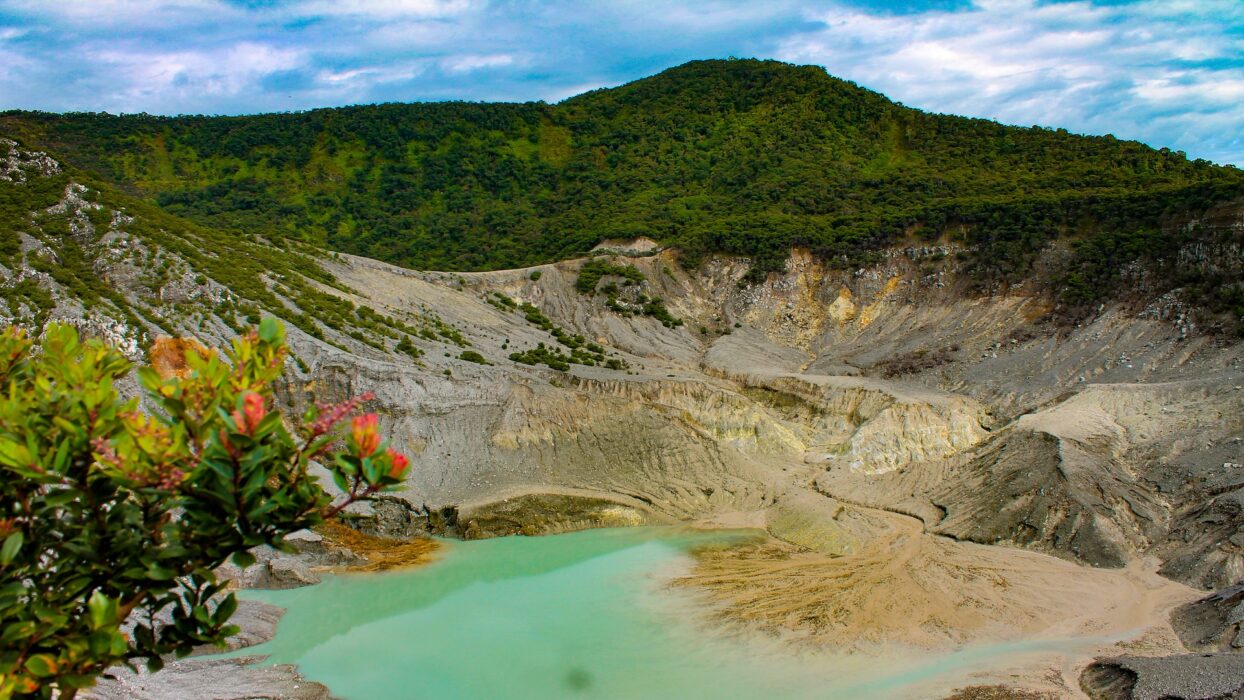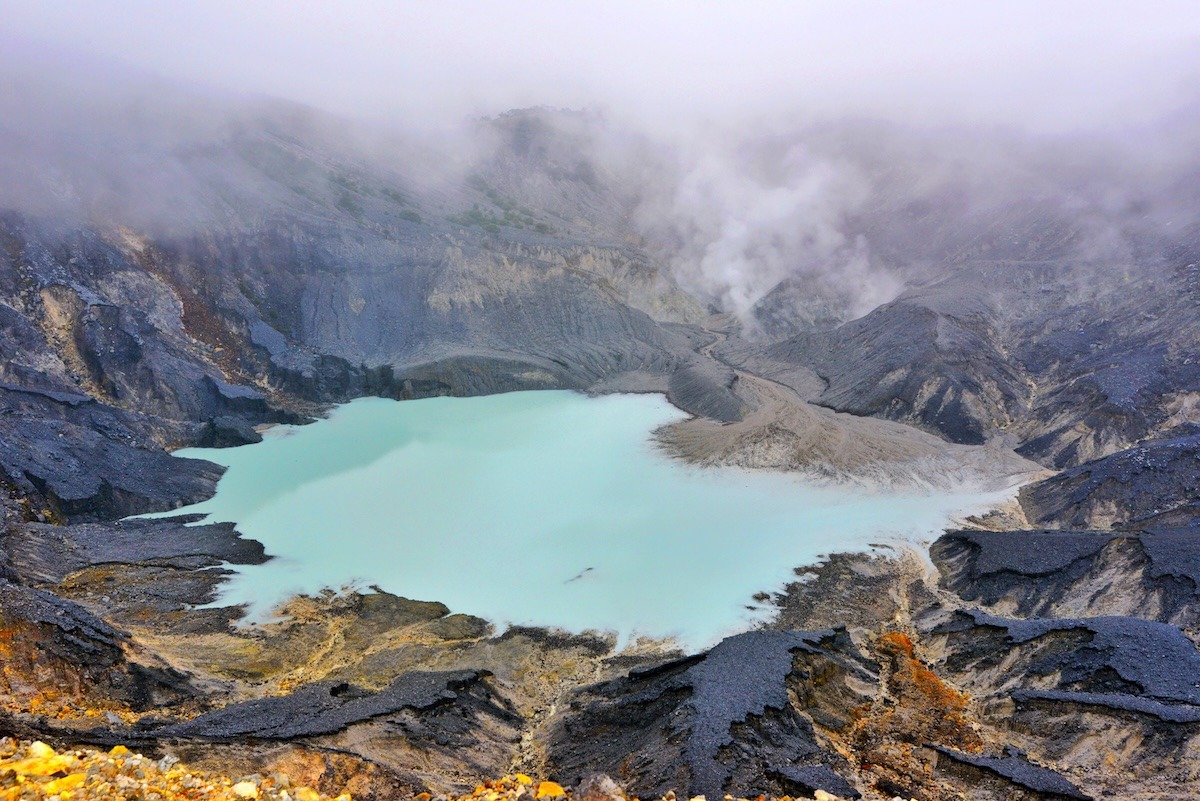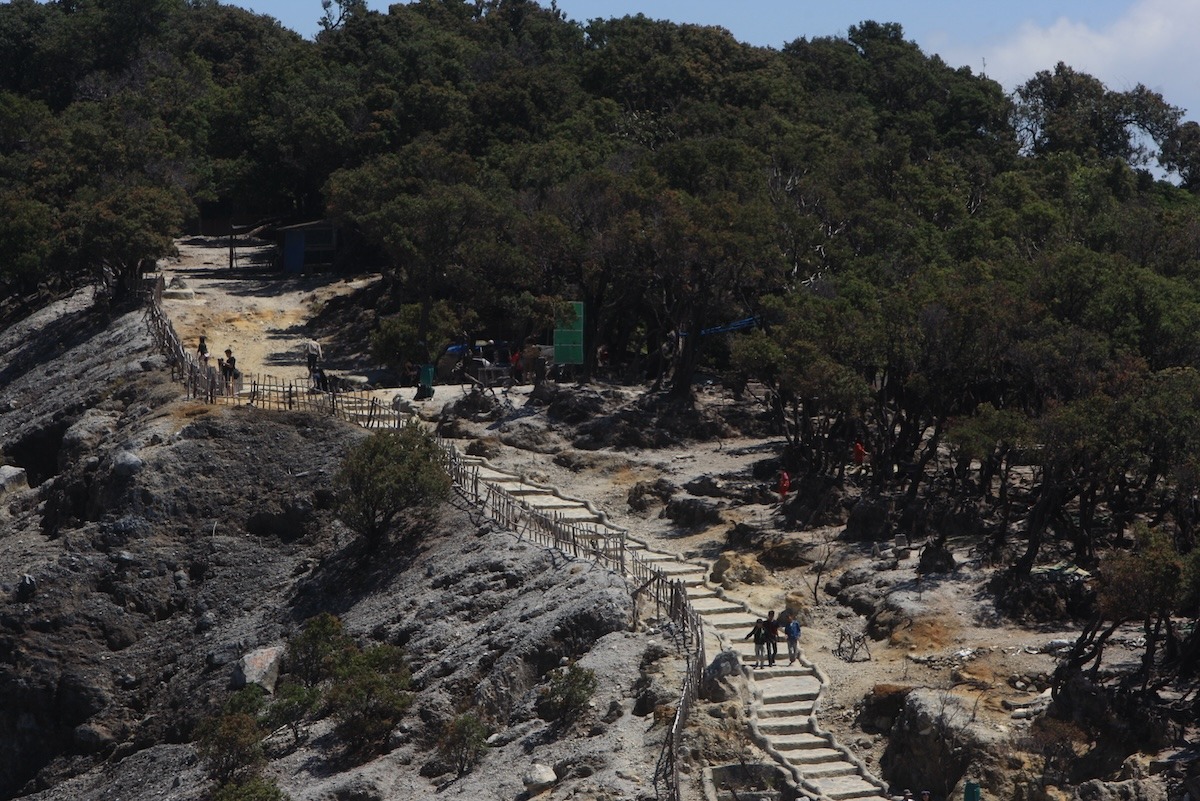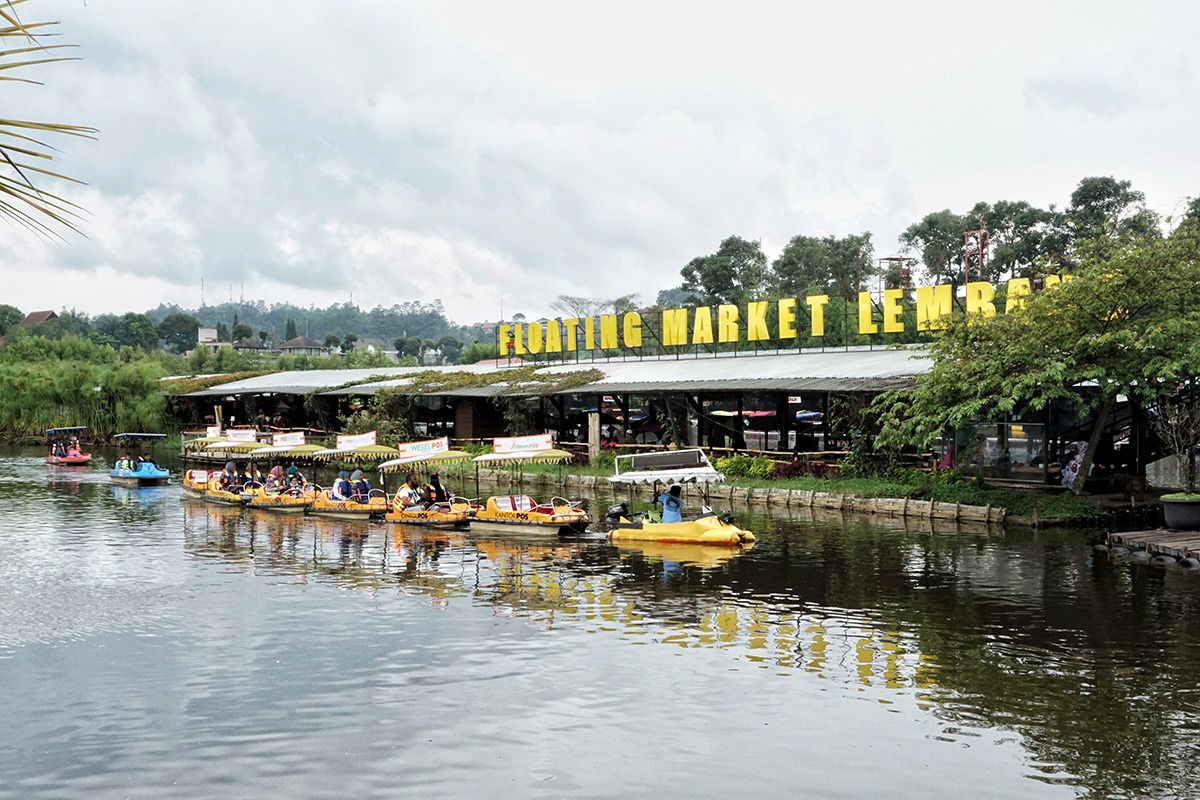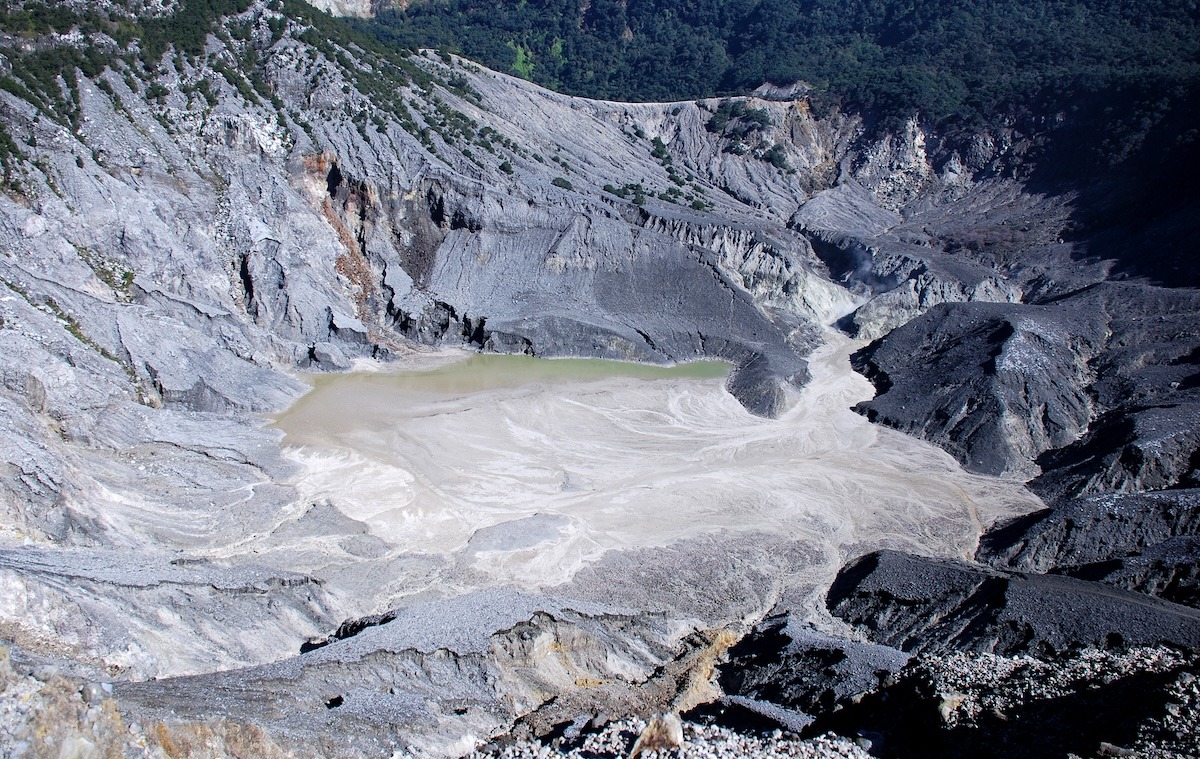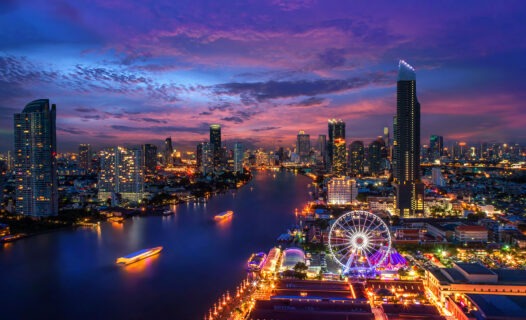Bandung, the bustling capital of Indonesia’s West Java province, is renowned for its cool highland climate, Dutch colonial architecture, and tea plantations. But perhaps its most intriguing natural attraction is Tangkuban Perahu, an active stratovolcano that offers breathtaking views, fascinating folklore, and a unique geothermal experience. Join us as we explore everything you need to know to make the most of your visit to Tangkuban Perahu.
Getting to Tangkuban Perahu
Tangkuban Perahu is located about 30 kilometers north of Bandung, making it an ideal day trip for those looking to escape the city. The most convenient way to get there is by car or motorcycle, which can be rented in Bandung. Alternatively, you can join one of the many guided tours that include transportation to and from the volcano.
Entrance Fees and Operating Hours
The entrance fee to Tangkuban Perahu is IDR 200,000 for international visitors and IDR 20,000 for Indonesian residents. The park is open daily from 7:00 AM to 5:00 PM, but it’s recommended to visit early in the morning to avoid crowds and enjoy cooler temperatures.
The Legend of Tangkuban Perahu
According to Sundanese folklore, Tangkuban Perahu was formed when Sangkuriang, a local hero, tried to build a giant boat to win the heart of his mother, Dayang Sumbi. When his efforts failed, he kicked the boat in frustration, flipping it over and forming the mountain. The name “Tangkuban Perahu” translates to “upturned boat” in Sundanese.
Exploring the Craters
Tangkuban Perahu has three main craters: Kawah Ratu (Queen Crater), Kawah Domas (Domas Crater), and Kawah Upas (Upas Crater). Kawah Ratu is the largest and most accessible, offering stunning panoramic views. Kawah Domas is famous for its hot springs, where visitors can boil eggs in the naturally heated waters. Kawah Upas is less visited but equally fascinating, with its surreal, moon-like landscape.
Kawah Ratu
Kawah Ratu is the most iconic crater and offers a sweeping view of the inner caldera. The rim is easily accessible by foot, and it’s a popular spot for taking photos.
Don’t miss the numerous food stalls and souvenir shops around the crater selling local delicacies and crafts.
Kawah Domas
Kawah Domas requires a bit of a hike, but the effort is well-rewarded with the opportunity to experience geothermal activity up close. You can even boil eggs in the hot springs here, which is a fun activity for both adults and children.
Kawah Upas
Kawah Upas is the least crowded of the three craters, offering a serene and otherworldly experience. The landscape here is more barren compared to the lush surroundings of the other craters.
Hiking Trails and Nature Exploration
The area around Tangkuban Perahu is crisscrossed with hiking trails that range from easy walks to more challenging treks. Whether you’re looking for a leisurely stroll through the natural beauty of the park or an adventurous hike up steep trails, there’s something for everyone.
Recommended Trails
- Lembang to Tangkuban Perahu Trail: This trail offers a scenic route through tea plantations and bamboo forests.
- Crater Rim Hike: A moderate hike that takes you around the rim of Kawah Ratu for spectacular views.
- Kawah Domas Trail: A shorter, easier trail that leads to the hot springs of Kawah Domas.
Local Culture and Attractions
In addition to the natural beauty of Tangkuban Perahu, the surrounding area is rich in local culture and attractions. Be sure to visit the nearby tea plantations, explore traditional Sundanese villages, and sample local culinary delights.
Floating Market Lembang
The Floating Market in Lembang is a must-visit for food enthusiasts. The market offers a variety of local snacks and dishes, and you can buy them directly from boats floating on the lake.
Farmhouse Susu Lembang
A European-themed attraction that features Dutch-style houses, farm animals, and beautiful gardens. It’s a great place for families.
Where to Stay
There are plenty of accommodation options near Tangkuban Perahu, from budget-friendly guesthouses to luxury resorts. Here are some top picks:
Located close to Tangkuban Perahu, this resort offers hot spring baths, a golf course, and scenic surroundings.
Grafika Cikole
A unique accommodation option featuring wooden cottages amidst a pine forest. It’s perfect for those who want to immerse themselves in nature.
Best Time to Visit
The best time to visit Tangkuban Perahu is during the dry season, from May to September, when the weather is cooler and the skies are clear. However, be prepared for larger crowds during this peak season.
Travel Tips and Safety
- Wear comfortable walking shoes, as the terrain can be uneven.
- Bring a jacket or sweater, as temperatures can drop significantly, especially in the early morning.
- Watch out for aggressive vendors and guides; it’s okay to firmly decline their services.
- Respect the natural environment, and don’t litter or damage the geothermal features.
Nothing can beat the experience of standing at the edge of a volcanic crater, surrounded by steaming vents and the aroma of sulfur, while taking in the panoramic views of West Java’s stunning landscape. Tangkuban Perahu is a must-visit for any traveler to Bandung, offering a unique blend of natural beauty, culture, and adventure. So pack your bags and get ready for an unforgettable journey to this geological marvel.

